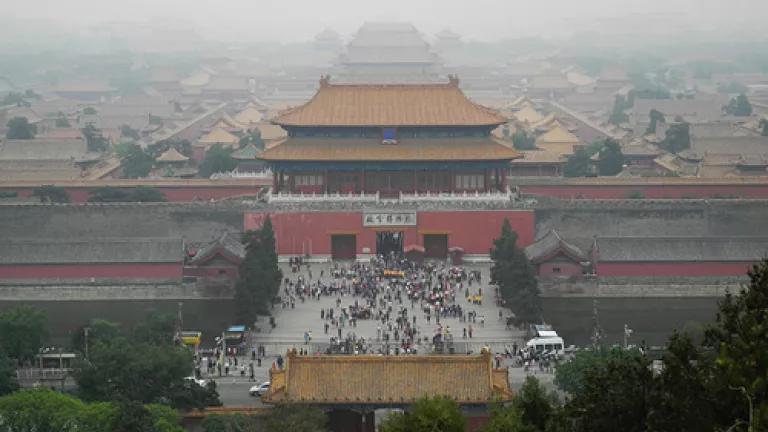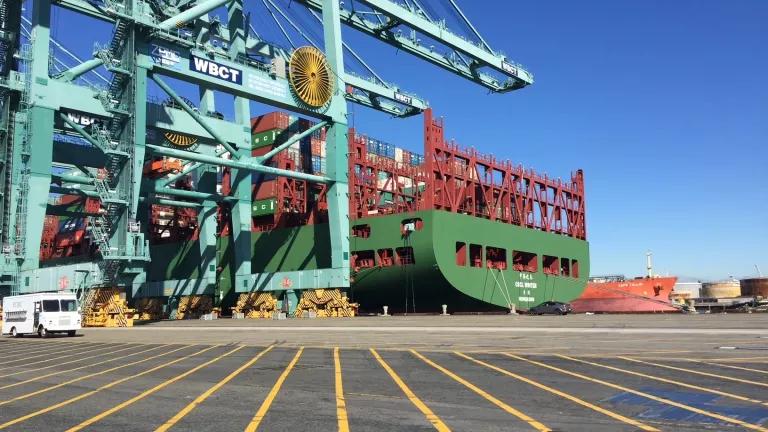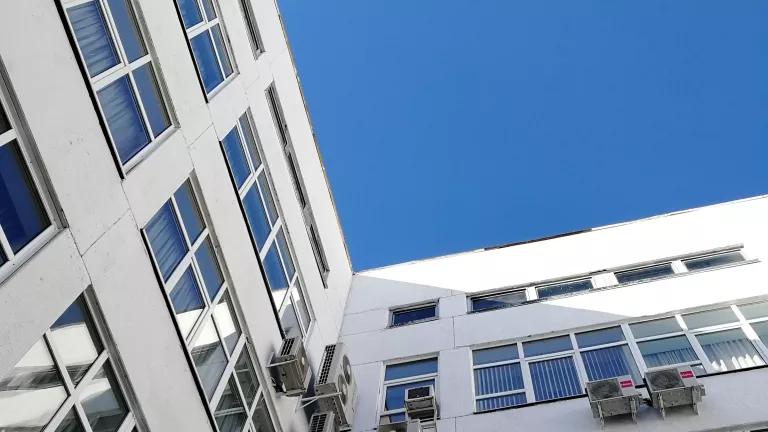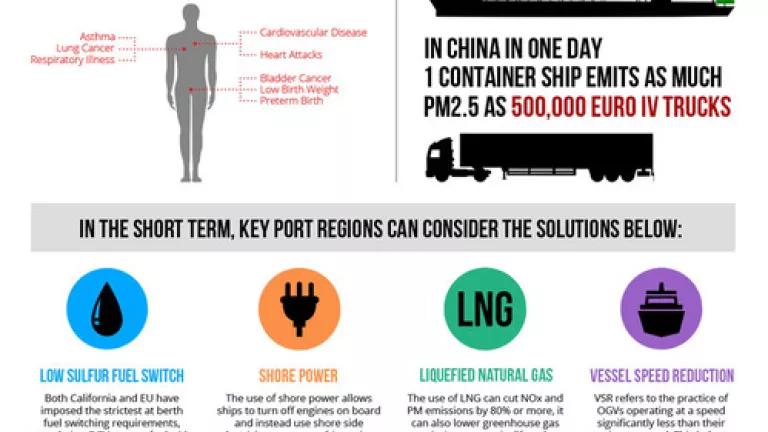Improving Beijing's Air Quality: Recommendations for Strengthening Beijing's Draft Air Pollution Prevention and Control Regulations

Beijing residents continue to struggle with choking levels of hazardous air pollution, compounded by a sandstorm, causing the government to urge people to stay indoors and take steps to protect themselves. A new study published on Wednesday found that PM 2.5 pollution, long known to cause respiratory illnesses, also causes a sharp increase in deaths from heart attacks. As I explained here last week, this “airpocalypse” has given new momentum to environmental regulation in China. But much more needs to be done.
The General Office of the Government of Beijing Municipality has taken an important step forward by issuing draft municipal Air Pollution Prevention and Control Regulations ãå京å¸å¤§æ°æ±¡æé²æ²»æ¡ä¾(èæ¡é审稿)ã for public comment. The draft rules include measures to shut down factories and further limit the number of vehicles on the road. It also bans certain intensive industries like iron and steel from opening in Beijing, and requires certain companies to report their pollution emissions on their corporate websites.
NRDC has reviewed the draft regulations and provided comments to the Beijing government. We believe that environmental information disclosure and active public participation are the basis of sound environmental regulations and enforcement. We urge the Beijing government to strengthen these principles and toughen the draft’s enforcement measures. Here are our ten key recommendations (read our full comments in Chinese here):
- Clarify and strengthen the principle of public participation;
- Add a provision allowing environmental public interest litigation;
- Clarify and improve environmental information disclosure requirements;
- Add a daily penalty provision and strengthen penalties for violations;
- Add regulations on the recycling of used lead-acid batteries;
- Strictly control coal consumption;
- Develop and implement strict emission standards for the catering industry;
- Develop and implement more stringent environmental standards using human health as a benchmark;
- Develop a more comprehensive emissions permit system; and
- Establish a joint conference system to clarify and coordinate interdepartmental work.
It is critically important that Beijing focus on effective enforcement, implementation and compliance – issues that have long undercut China’s environmental protection policies. Even last month, for example, while Beijing was working to reduce the number of government vehicles running during severely polluted days, reports show that on January 30th, 875 government cars defied the ban.
In the U.S., the Obama Administration last year alone collected ten civil penalties that exceeded $1 million each for various U.S. Clean Air Act violations. In China, however, the maximum statutory fine for failing to operate the facilities of air pollutant treatment is 50,000 yuan ($7,653), and fines for violating emissions standards cost 100,000 yuan ($15,873) at most. Because it costs less for factories to pay penalty fees than to install emissions control equipment, businesses in China often ignore environmental regulations or opt to pay fines rather than comply with standards. Environmental activists such as Ma Jun as well as China’s next premier, Li Keqiang, concede that implementation and enforcement of Beijing’s regulations will be challenging. This is why it’s critical for Beijing to increase penalty fees for pollution violations. We are recommending that there be a “daily meter” without penalty ceilings imposed on polluters that fail to comply. We are also recommending much higher fines for failing to complete environmental impact assessments and/or proceeding with construction without approval, in order to deter illegal construction projects.
Another important step for Beijing to take is to strengthen health standards used to formulate air standards. As my former colleague Steven Andrews has explained, even after revising its ambient air quality standards last year, pollution levels in China that are six times higher than U.S. standards are still rated as good air quality. Beijing’s annual average of fine particulate matter at over 90 ppm is far higher than the worst smog level in Los Angeles, at 60 ppm. One Chinese academic warned that air pollution is even more frightening than SARS because no one can escape it. The Chinese Academy of Sciences estimates that the recent smog across China has affected more than 800 million people. Of those, people working outdoors in large Chinese cities are especially vulnerable. Up to 40 percent of traffic police are found to have nasal inflammation and 23 percent with throat inflammation; that’s 33 to over 50 percent higher than the general population.
The increasing pollution levels in Beijing have become so palpable that even everyday people (èç¾å§) are becoming more aware and vocal about the issue. Vice Premiere Li Keqiang has asked for patience from the public as “it will be a long process to resolve environmental problems.” While we applaud the government’s improved openness and transparency in this matter, Chinese citizens cannot afford to wait any longer. NRDC urges the government of Beijing to address its toxic air swiftly and decisively by adopting effective air pollution legislation.
This blog was coauthored with my colleagues Wang Yan, Wu Qi, and Christine Xu.
Click here for Chinese version.



